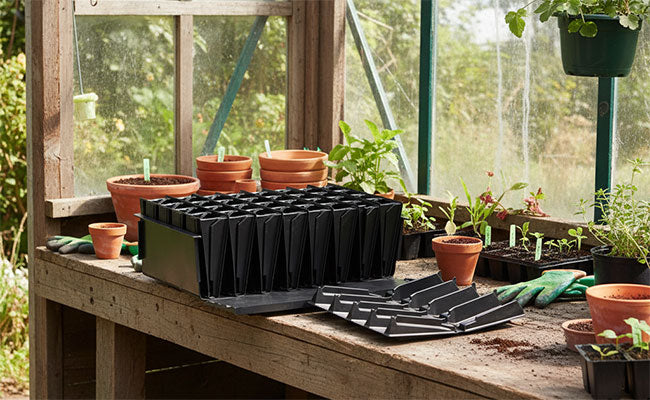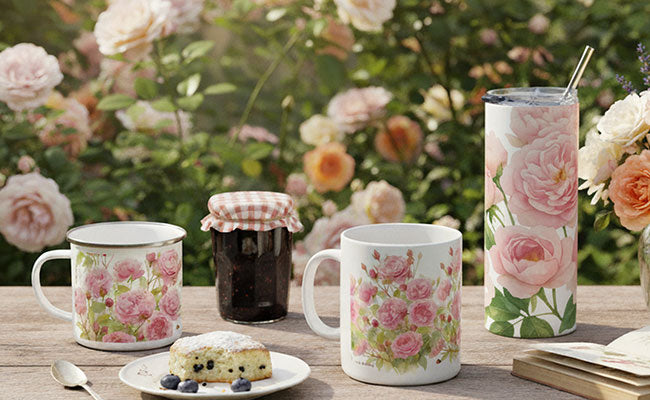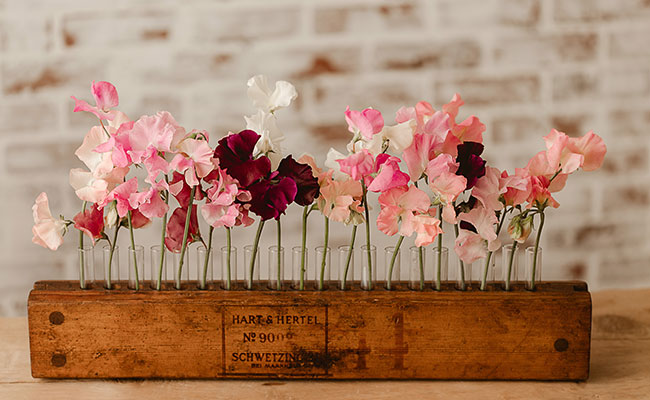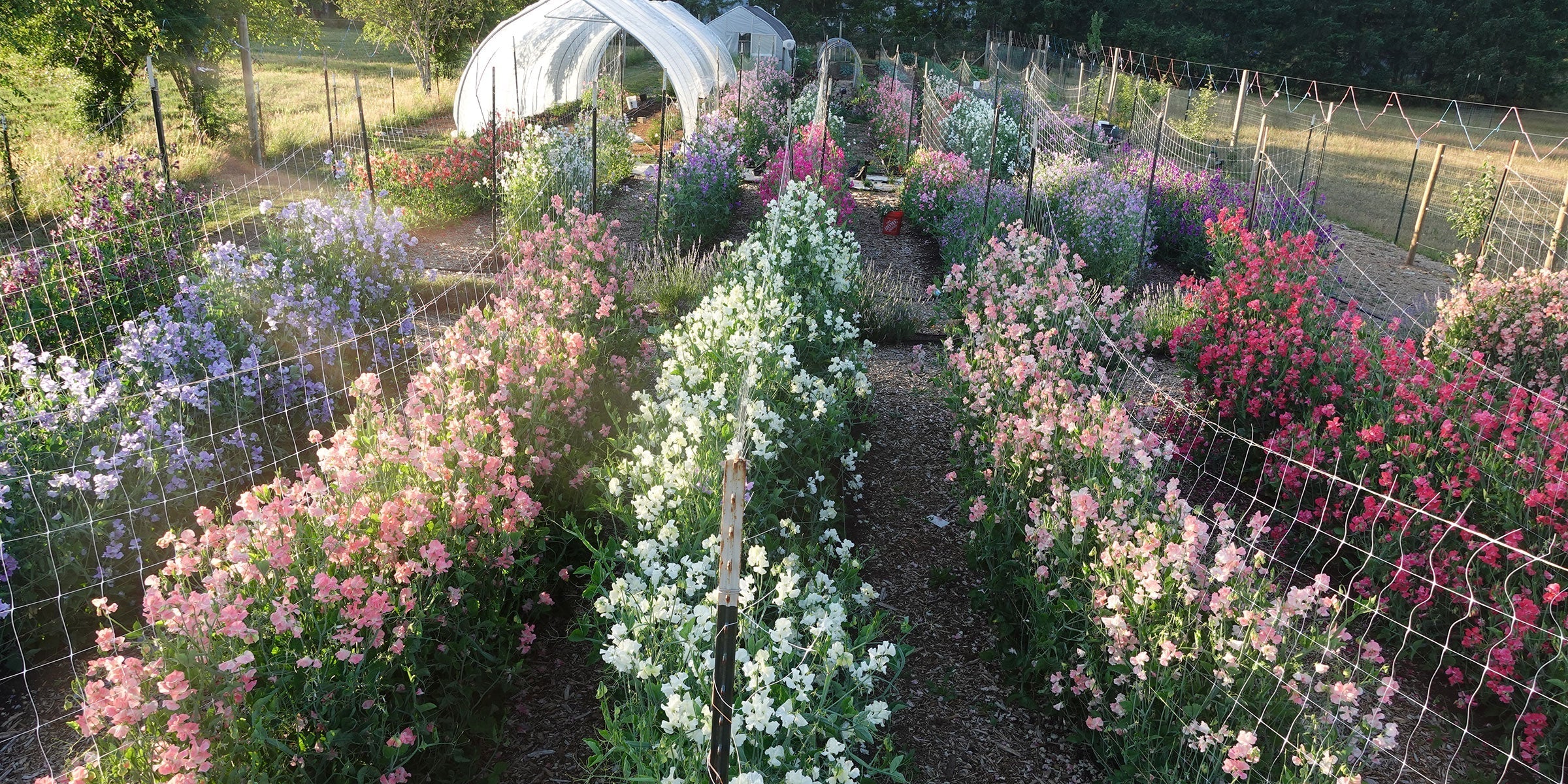Sweet peas are one of the most rewarding flowers to grow—fragrant, nostalgic, and abundant. But they can also be surprisingly particular. After eight seasons on our farm in southwest Washington, we’ve seen how a few small missteps can mean the difference between a handful of blooms and an armful of bouquets.
Here are the five most common mistakes gardeners make with sweet peas—and how to avoid them.
1) Sowing Too Late
Sweet peas are cool-season plants. Waiting until spring to sow is one of the biggest reasons plants stay short and stop blooming early.
How to fix it: Start your seeds in late winter, under cover or indoors, about 8–10 weeks before your last frost. In milder climates, autumn sowing can also work. For most U.S. growers, that means starting in January or February.
Not sure when to begin? Visit our When to Start Sweet Pea Seeds guide and use the USDA Plant Hardiness Zone Map to fine-tune your dates.
2) Skipping the Pinch
It’s tempting to let those first little vines race upward—but unpinched plants quickly become leggy and produce fewer flowering stems.
How to fix it: When seedlings have two or three pairs of true leaves, pinch out the tip above the second set. It feels a bit brutal, but it encourages strong, bushy plants with more flowering shoots.
3) Neglecting Support Early On
Sweet peas are natural climbers and will quickly tangle or flop without something to grab. Waiting until they’re knee-high to provide a trellis often damages roots and stems.
How to fix it: Set up your netting, canes, or trellis before planting. Give each plant space and good airflow—both for growth and to reduce mildew later in the season.
For inspiration, see the Royal Horticultural Society’s guide to growing sweet peas.
4) Feeding Too Richly
Too much nitrogen (from composts or fertilizer) can create lush green foliage at the expense of blooms.
How to fix it: Use well-drained soil with moderate fertility and avoid high-nitrogen feeds. A balanced organic fertilizer or slow-release mix is ideal. At Sweet Pea Gardens, we focus on soil structure and consistent moisture rather than heavy feeding—plants grown in modest conditions flower longer and stronger.
5) Forgetting to Pick
Sweet peas are cut-and-come-again flowers. Once pods start forming, the plant thinks its job is done and stops flowering.
How to fix it: Pick blooms every few days, even if you don’t need them all. Regular cutting keeps plants producing right through summer—and fills your home with fragrance.
The Reward
Growing sweet peas takes a little patience and observation, but the rewards are endless: armfuls of flowers, the scent of summer mornings, and seeds to save for next year’s garden.
Ready to start again the right way? Explore our Sweet Pea Seed Collection and discover new varieties to grow this season.








Leave a comment
This site is protected by hCaptcha and the hCaptcha Privacy Policy and Terms of Service apply.